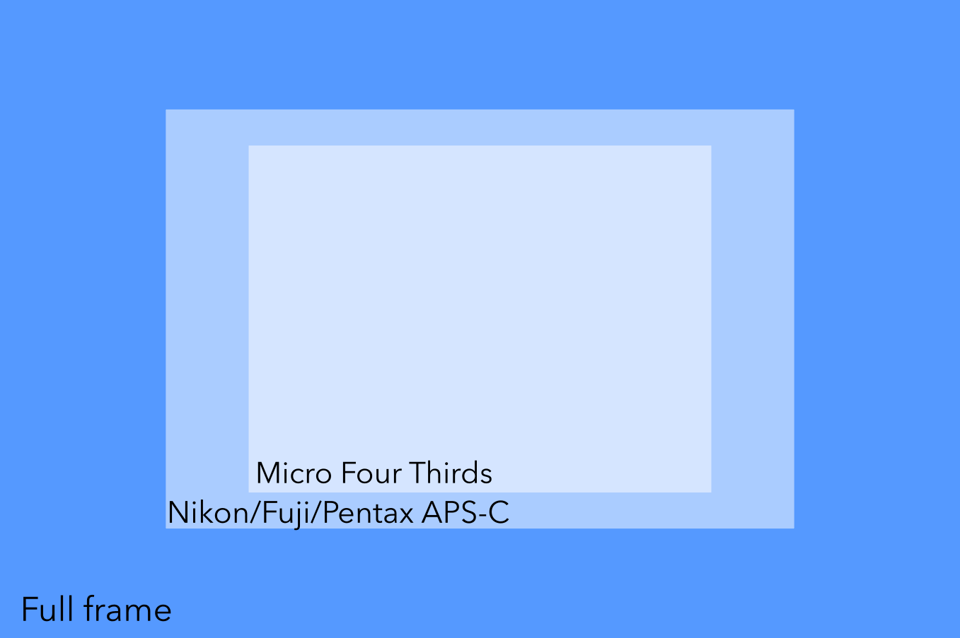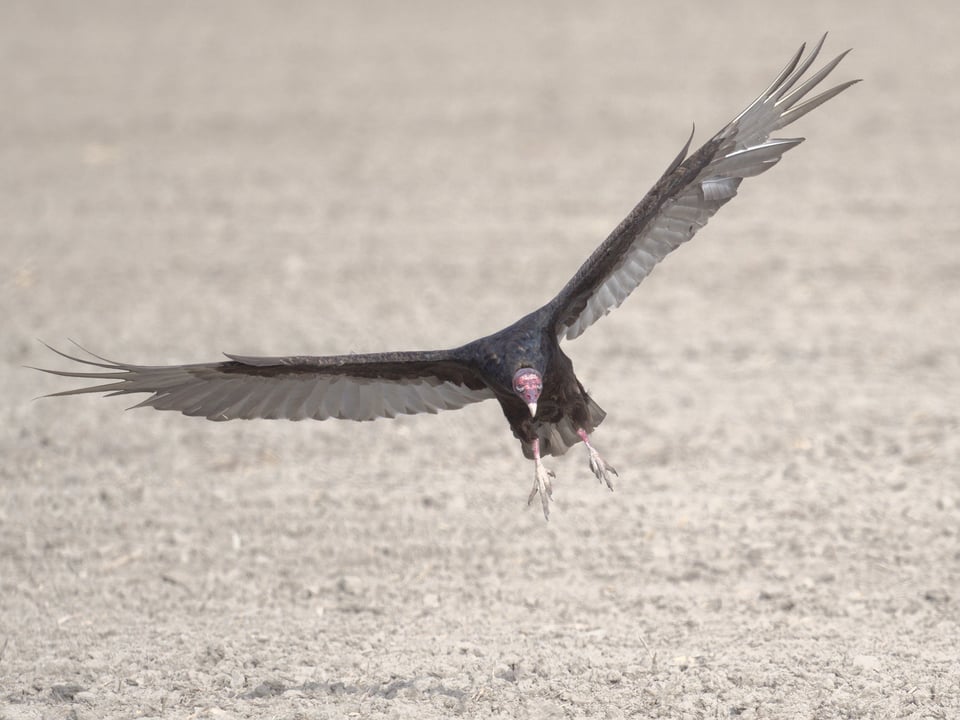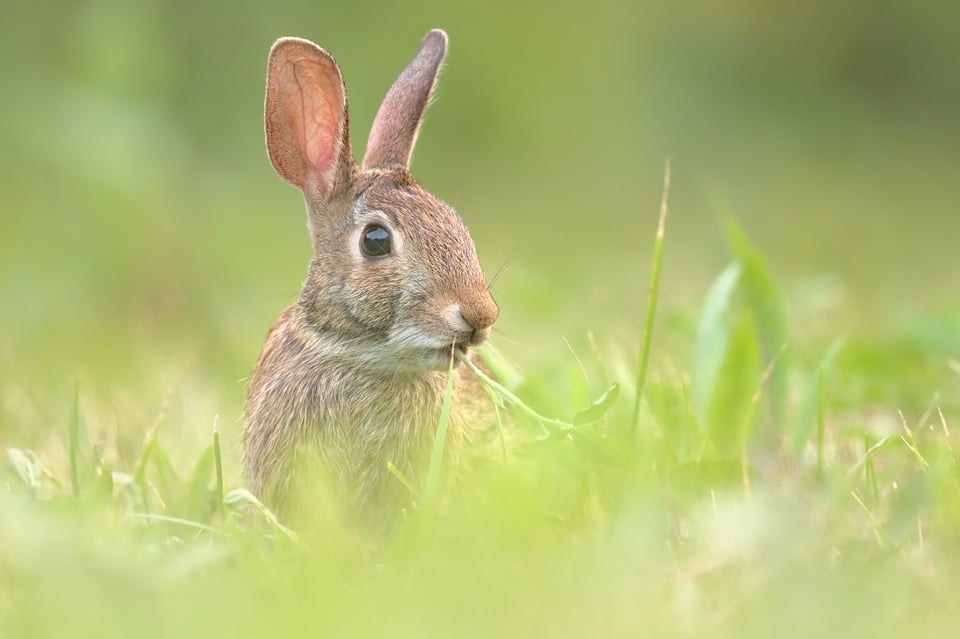موازنة بين ماكرو فور ثيردز و APS-C
Micro Four Thirds vs APS-C As Someone Who Uses Both
ما هو الأفضل: مايكرو أربعة ثلثي أو APS-C؟ هل هذين التنسيقين من أجهزة الاستشعار على خلاف؟ هل يمكن لأي سؤال أن يثير جدلاً على الإنترنت بسرعة أكبر من مقارنة أحجام أجهزة الاستشعار؟ ولا شك أن هناك مزايا وعيوب لكل منهما. اليوم، أود أن أتحدث عن سبب اختياري (للحظات) للتصوير بكلا التنسيقين. وربما من المدهش أن أسبابي لا علاقة لها بحجم المستشعر.
What’s better: micro four thirds or APS-C? Are these two sensor formats at odds? Could any question spark an internet argument more quickly than comparing sensor sizes? There is no doubt that there are advantages and disadvantages of each. Today, I would like to talk about why I (gasp) choose to shoot with both formats. And perhaps surprisingly, my reasons have very little to do with sensor size.
Micro Four Thirds vs APS-C As Someone Who Uses Both
ما هو الأفضل: مايكرو أربعة ثلثي أو APS-C؟ هل هذين التنسيقين من أجهزة الاستشعار على خلاف؟ هل يمكن لأي سؤال أن يثير جدلاً على الإنترنت بسرعة أكبر من مقارنة أحجام أجهزة الاستشعار؟ ولا شك أن هناك مزايا وعيوب لكل منهما. اليوم، أود أن أتحدث عن سبب اختياري (للحظات) للتصوير بكلا التنسيقين. وربما من المدهش أن أسبابي لا علاقة لها بحجم المستشعر.
What’s better: micro four thirds or APS-C? Are these two sensor formats at odds? Could any question spark an internet argument more quickly than comparing sensor sizes? There is no doubt that there are advantages and disadvantages of each. Today, I would like to talk about why I (gasp) choose to shoot with both formats. And perhaps surprisingly, my reasons have very little to do with sensor size.









تعليق